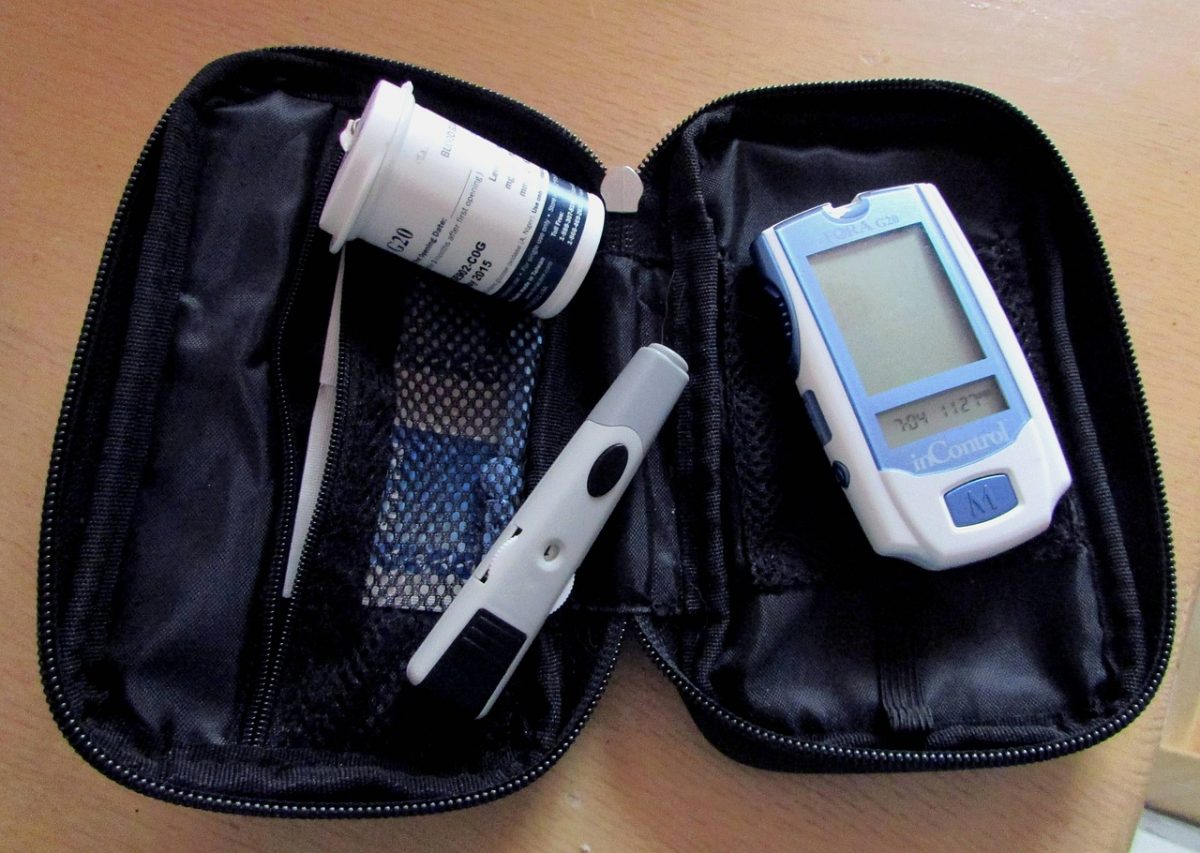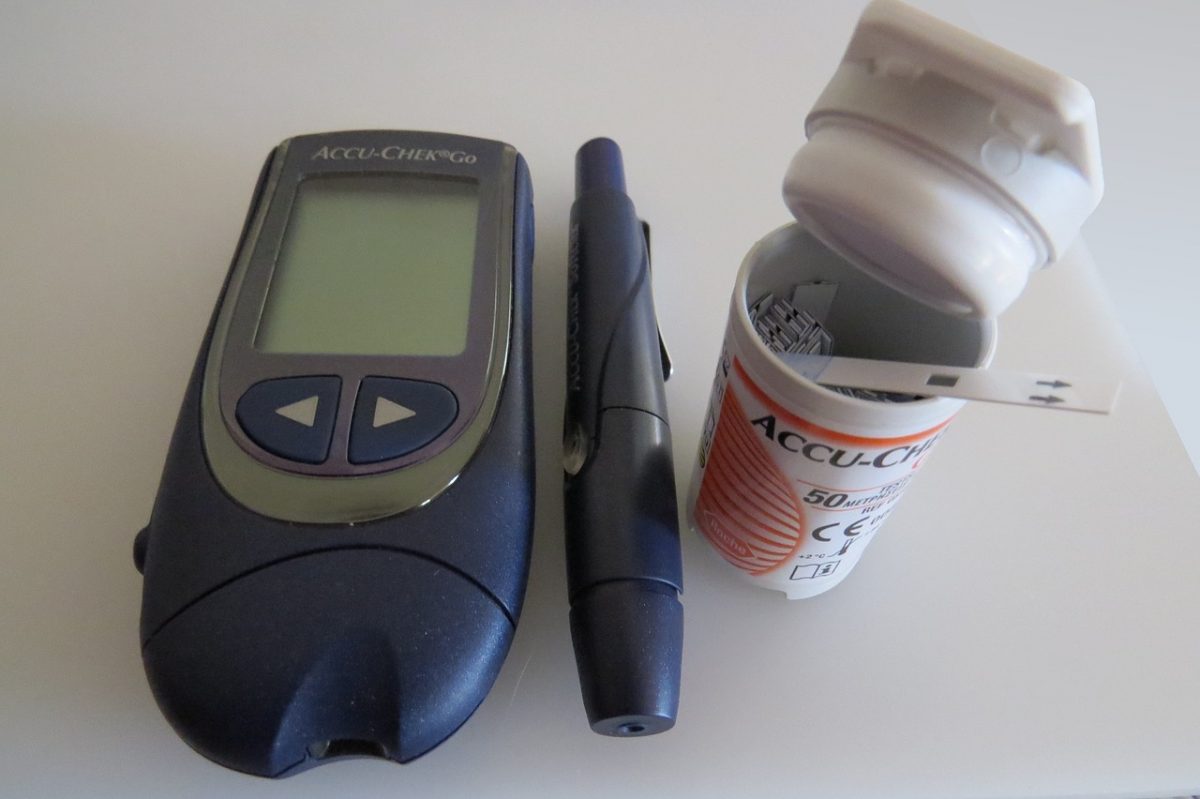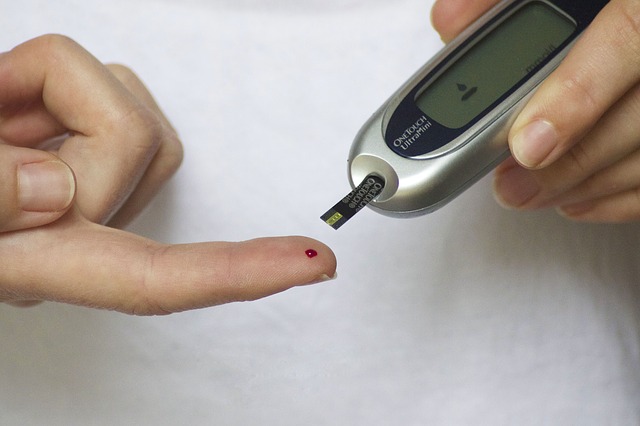If the test strip container has been opened, test strips expire 180 days after they’re opened or by the expiration date on the label – whichever comes first. If the test strip container hasn’t been opened, they expire on the expiration date printed on the label.
The chemicals and stabilizers used in the manufacture of test strips create a biochemical electrical circuit when exposed to a drop of blood, that’s then read by a glucose meter. The accuracy of test strips can be compromised by a variety of factors.
Test strip accuracy is essential for managing diabetes. Exposure to high heat or coldness, damp conditions, and direct sunlight will negatively affect the effectiveness of test strips and result in readings that are false. The chemicals and stabilizers also break down over time, leading to inaccuracies. Companies that manufacture test strips don’t guarantee any accuracy past the printed expiration date.
Using expired test strips make it extremely difficult to manage and control blood glucose levels. People may administer too much or too little insulin that can lead to deadly consequences. Many medications also affect glucose levels, thereby compounding the problem of expired test strips.
Despite continuous monitoring devices and other innovations in diabetes care, the majority of people with the disease still rely upon regular testing via test strips and meters to monitor their glucose levels. That requires a sufficient amount of test strips for regular testing. Test strips can be very expensive and the cost varies by brand.
Many people don’t test as often as they should due to the expense of test strips. That’s when a company that buys test strips can help. The companies purchase test strips from people that have more than they need and resell them at a lesser price than can be found at stores. The companies have strict guidelines about expiration dates and the condition of packages to ensure their customers receive test strips that are accurate.
If you would like to find out about earning cash for your unwanted, unused and boxed test strips, complete our online quote form today.
If you have extra, unopened and unused boxes of diabetic test strips – whether you have switched brands, no longer need to test or test less frequently, or have a loved one who has passed away – don’t let them gather dust until they’ve expired and end up in the trash. We’re the best place to sell diabetic test strips online, and if you want to sell your test strips, we’re here to make the process easy and enjoyable!
Visit us at Sell Your Test Strips and get your free quote today!








